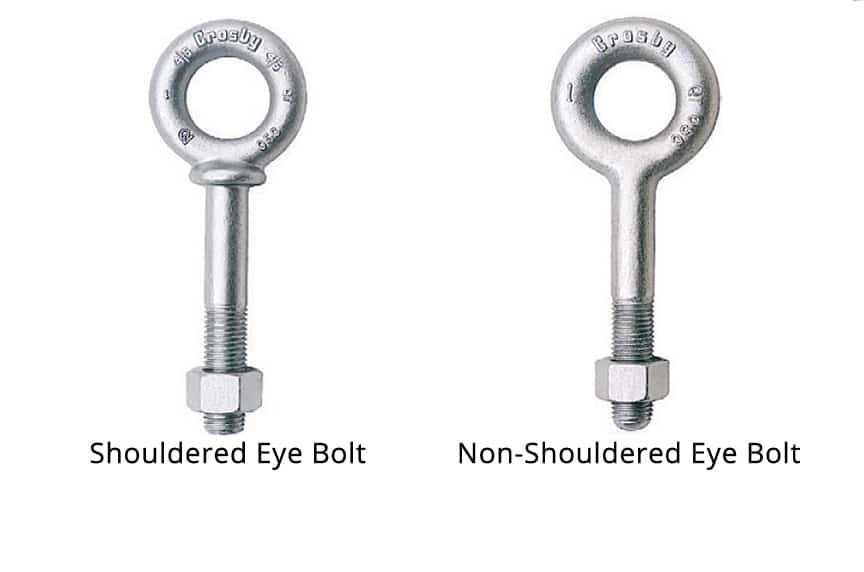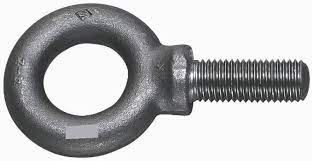
A forged eye bolt is a type of bolt used to support and secure the conductors in transmission systems. It has a loop or eye at one end for easy attachment of cables and wires. The forged eye bolt is from high-strength materials like steel. The forging process involves shaping the metal using compressive forces. The eye bolt helps provide anchor points for the cables and conductors. The materials maintain the strength to endure the environmental factors in South America. They install in various components of the transmission line including crossarms, insulators and other structures. Examples include shoulder eye bolts, lag eye bolts, machine eye bolt and screw thread eye bolts. They find use in applications such as construction, automotive, transmission and telecommunication lines.
Key features of forged eye bolt
Forged eye bolts have features that help to ensure the stability and security. These features also make the eye bolts a popular choice for various applications. These include applications requiring anchoring, lifting and securing heavy loads. The following are the key features of forged eye bolts.
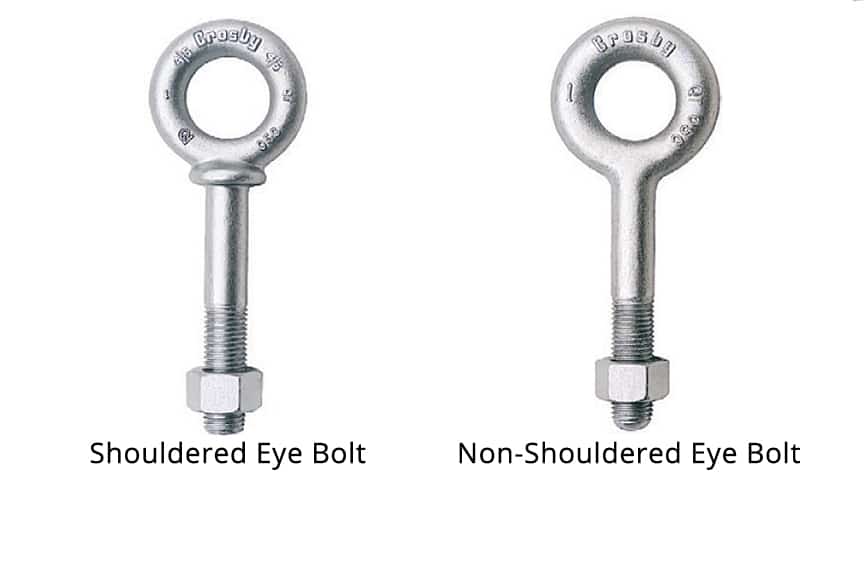
- Strength – the eye bolts are from high quality materials forged in a process that enhances the structural integrity.
- Load bearing capacity – they are also designed to withstand specific weight capacities. This is to ensure safety of the application.
- Attachment options – they also offer diverse attachment options. This is including threaded, welded or for use with nuts.
- Welding capability – they are also able to weld onto structures to provide a permanent and strong anchor point.
- Versatility – they are available in different types and sizes to suit different applications. This is including heavy lifting industry settings.
- Corrosion resistance – the eye bolts are from materials that resist corrosion for use in outdoor, environments.
- Shoulder or lag options – the eye bolts provide added support to prevent bending and shearing forces in various applications.
Selection and installation of forged eye bolts
Selection process is crucial to ensure safety and efficiency of the application. It includes considering factors such as application type, maintenance requirements, ease of installation, size, thread, type, style, costs and load requirements. The installation process should ensure effectiveness, reliability and safety of the application. Additionally, it is advisable to follow the manufacturers guidelines and industry standards during installation. This helps to ensure proper and safe use. The following is a general installation process of the forged eye bolt.
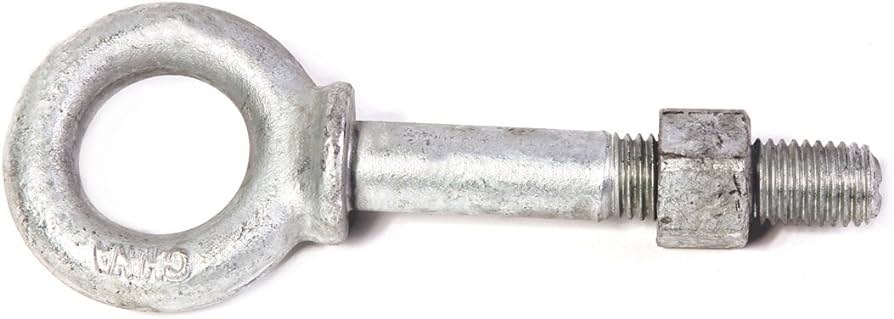
- Selection – select the suitable forged eye bolt based on the load requirements and application specifics.
- Inspection – inspect the bolt to check for any defects or damage. Ensure it is correct size and type for the intended use.
- Preparation – clean the surface where the forged eye bolt will install. Remove any defects that could compromise the integrity of the installation.
- Drilling – drill a hole on the surface according to the eye bolt specifications for the threading or welding.
- Thread or welding – thread the eye bolt into the predrilled hole or attach it using a nut. Also, follow the proper welding procedures for secure attachment of the weld-on eye bolt.
- Tightening – ensure the eye bolt is tight to the manufacturer’s recommendations.
- Final inspection – perform a safety check to ensure the eye bolt is securely in place and able to handle the expected load.
- Testing – test the eye bolt with a load slightly below the maximum working load to verify its stability and reliability.
- Documentation – keep detailed records of the installation including type, size and locations.
Maintenance and inspection of forged eye bolt
Regular maintenance and inspection of forged eye bolts help to ensure the continued reliability and safety. The diverse weather and environmental conditions in South America influence the frequency of the activity. Additionally, it is important to perform regular professional inspections to ensure proper attachments. This also helps to identify and address issues that could lead to potential failures and accidents. The following is a basic guide for the maintenance and inspection of forged eye bolts in South America.
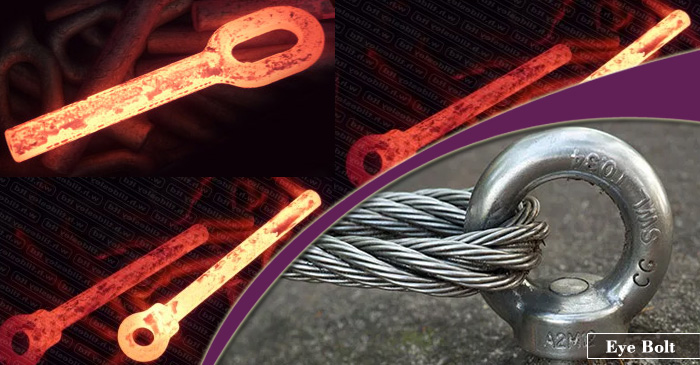
- Perform regular visual inspections to check for signs of wear, deformation or damage. Look for cracks, bends or any irregularities in the eye, thread or shank.
- Check the condition of the threads for any stripping, deformation or corrosion that can compromise the bolts integrity.
- Examine the surface for any signs of corrosion especially in outdoor environments. Consider using anti corrosion coatings or materials.
- Check the rotation of the eye bolt since movement indicates poor attachment of the bolt or damage.
- Periodically conduct load testing to ensure the eye bolts continued capability to withstand the designated load.
- Clean the eye bolt to prevent the accumulation of debris that may compromise the integrity of the installation.
- Retorque the nuts to ensure they remain tight for reliability and effectiveness.
- Keep detailed records of the inspections, tests and maintenance activities for future reference.
Comparative analysis of forged eye bolts in South America
A comparative analysis of forged eye bolts involves assessing and evaluating various factors. These factors include types, sizes, designs, brands and various manufacturers and their customer services. Assessing these factors help to ensure the proper selection of forged eye bolts for various applications. Additionally, it is advisable to consult with industry professionals for guidance on the best eye bolt. The following are the factors to include in the comparative analysis for forged eye bolts in South America.
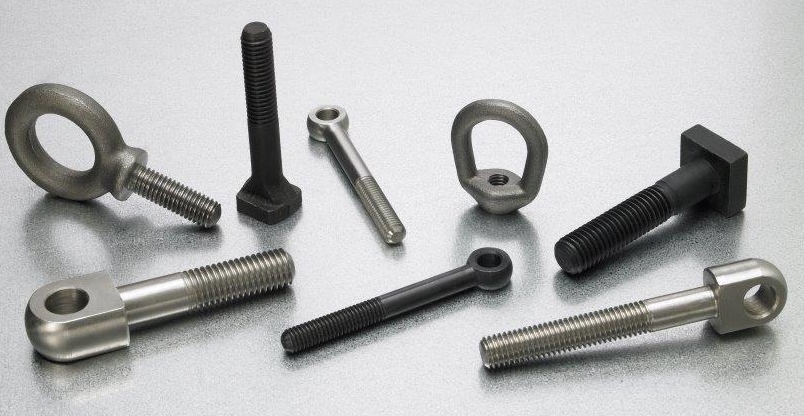
- Material – compare the materials used in the manufacturer and forging process. Most common material is the high-quality steel or other durable alloys forged under high pressure.
- Corrosion resistance – evaluate the resistance to corrosion and rust in outdoor and harsh environment applications.
- Installation options – consider the different installation methods that include threading, welding or thorough bolting.
- Cost and value – compare the cost of the eye bolt with their features, durability and performance to determine their value.
- Load capacity – assess the maximum load the eye bolt can handle without compromising safety.
- Types and styles – compare the available types and styles and select the one that best suits your application.
- Certifications and compliance – look for eye bolts that meet industry standards and safety regulations for specific application.
- Manufacturer reputation – evaluate the reputation and history of the manufacturer for reliability, quality and customer services.
Certifications and standards in South America
Certifications and standards for forged eye bolts in South America vary depending on the country and industry. They help to ensure the safety, effectiveness, legality and reliability of the various eye bolts used. Also, it is advisable to consult local regulatory bodies in the specific region. This helps to understand the certifications and standards that are applicable and required for the forged eye bolts. The following are the certifications and standards in South America.
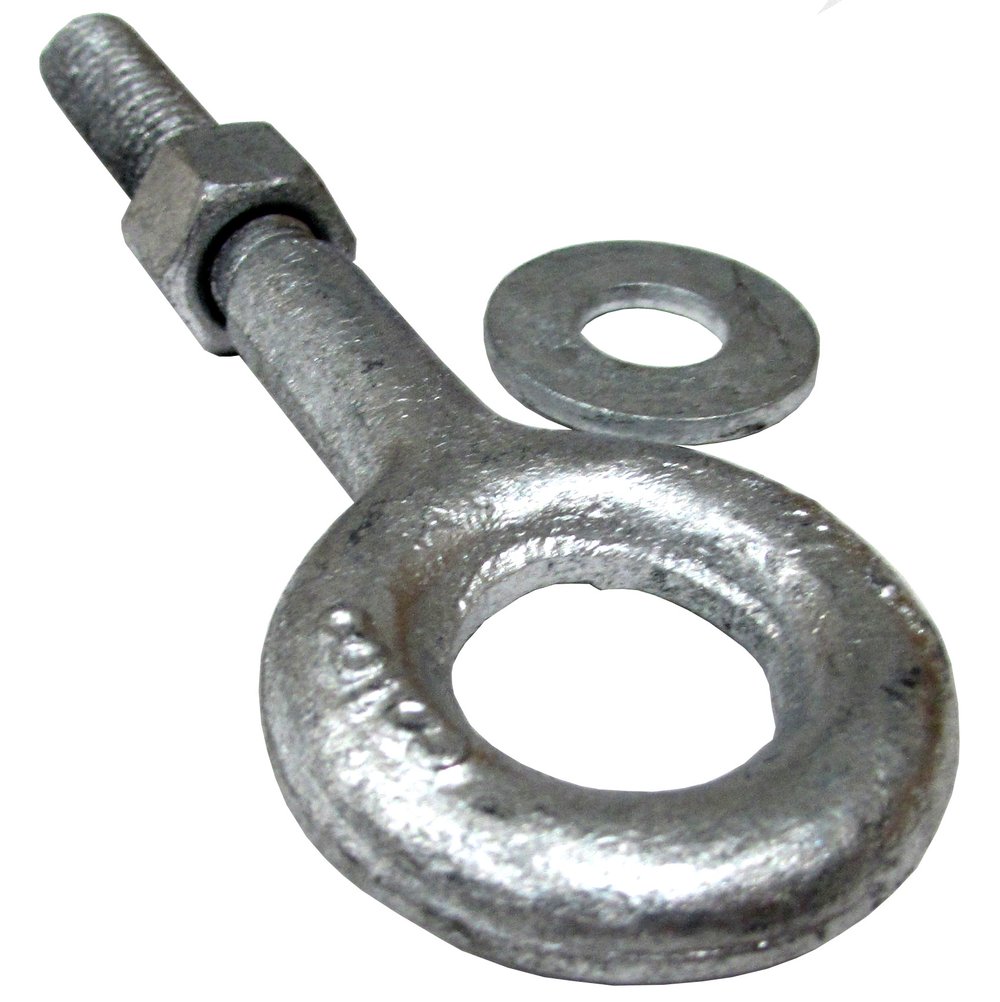
- ISO certification – this sets standard for various aspects of manufacturing including eye bolts. It also ensures the quality and safety of the eye bolts.
- ASME standards – this is an American standard that provides standards for eye bolts used in various applications.
- DIN standards – this is a German standard for eye bolt adopted in various South American countries.
- Local and national standards – various South American countries have their own standards or adopt various international standards.
- Industry specific certifications – different industries have their own standards and certifications needed for eye bolts. These industries may include construction, maritime and energy industries.
Regional markets for forged eye bolt in South America
There are various market trends and factors that influence the regional market for forged eye bolts in South America. The demand for forged eye bolts in South America is mainly from the ongoing projects and maintenance needs within the industries. Focus always lies on the quality, durability and adherence to industry standards. The diverse weather conditions of South America also influence the demand and supply of the forged eye bolts. The following are the various factors that shape the regional market for the eye bolts.
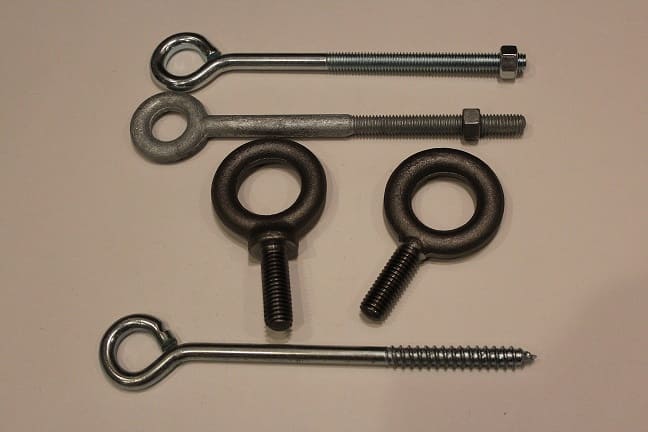
- Energy and utilities – forged eye bolts ensure the secure conductors and hardware in overhead lines. The increasing demand for electricity and infrastructure leads to demand of the eye bolts.
- Maritime and shipbuilding – eye bolts help in rigging, anchoring and securing various components on ships and maritime structures.
- Agriculture and rural applications – eye bolts also help in securing agricultural equipment and setting up rural infrastructure. This leads to the increased demand for eye bolts in the region.
- Construction and infrastructure – eye bolts find use in construction of buildings, bridges and other infrastructure. This helps to provide secure anchor points for various equipment and structures.
- Mining and heavy industries – eye bolts find use in the mining sector to lift, secure heavy machinery and provide anchor points.
Frequently asked questions
This is a type of bolt used to support and secure the conductors and hardware in transmission systems. They help to provide anchoring points for cables and conductors to enhance the structural integrity of the system.
Due to lifting purpose, forged eye bolt are mostly produced in high tensile alloy steel, carbon steel or stainless steel. these materials help to prevent corrosion, rust and ensure longer serviceable life.

